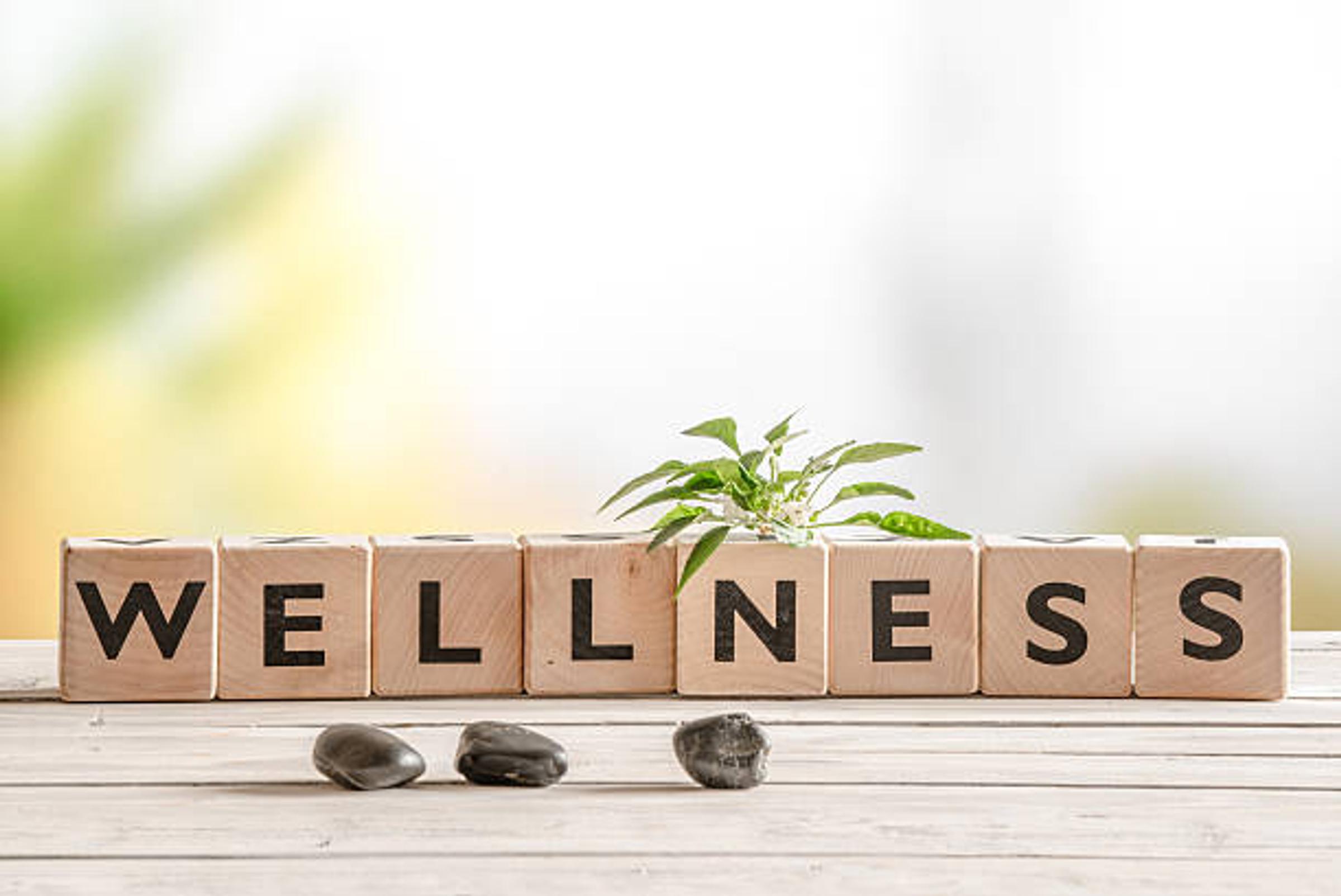Wellbeing

Routines and the Return to School
Dear Families,
As we all prepare for the part time return to onsite learning, we expect that everyone will have mixed feelings about this next change. In order to support your child/ren with this transition there are some simple and effective strategies you can implement to maximise the success of your child as they come back to school.
- Maintain perspective: Speak with your child about how they are feeling about this upcoming change. It is important to acknowledge and value whichever feelings are coming up. For younger students you may offer them a series of emoji faces which can help them to show you how they are feeling if they find it difficult to verbalise their feelings. If your child expresses a high level of worry, try to support them to keep everything in perspective by identifying positives to accompany any concerns they may have.
- Re-establish routines: Our students have told us that they love being able to eat when they choose, use the bathroom, take breaks and work to a more flexible schedule when learning from home. As they return to school, these options may no longer be available to them onsite. As students move between onsite and offsite schooling, try and keep a regular routine Monday to Friday in preparation for their full -time return. This could include:
- Regular bedtime and wake up time each day (if children do not have this already).
- Device free time slots at home for days when students are onsite and seeing friends.
- Regular exercise and breaks at approximately 11am and between 1.40 and 2.30 to mirror the school day.
- Afternoon schedule which includes packing the school bag/ preparations for the next day at school.
- Visual Schedule - Your child may find it helpful to have a schedule up at home which tells them which days they will be at school and at home.
- Knowing what to expect - Speak with your child about what they can expect on return to school. They will see their teachers wearing masks, will need to take their drink bottles outside when playing, will have to wash their hands regularly, will see other students wearing masks a lot more etc. Knowing what to expect can calm concerns for everyone.
- Parental Boundaries - If your child is struggling with a return to school, keep in mind that they may use their behaviour to communicate how they are feeling. To instill a sense of trust and comfort for your child, please feel assured that consistent expectations and boundaries will help your child feel secure as they move through this time of change. If you have expectations at home, continue to reinforce these for your child, including any consequences. Children often feel more uncertain and worry can increase when the boundaries change from one day to the next.
- Strategies which support emotional regulation - Regular opportunities to focus on what is going well can help to manage uncomfortable emotions. Start a practice of Gratitude, Empathy and Mindfulness (GEM) each day with your children. For adults this may look like accessing resources such as Headspace who offer some great meditation, mindfulness, movement resources if you're finding it challenging or need support for yourself.
We all adapt differently to change and often emotions are mixed for each person. I encourage you all to be proactive as you approach this next change. Often this can minimise the sense of uncertainty and increase resilience for everyone.
If you have concerns about your child's return to school, or if anything arises along the way, please do not hesitate to reach out for support.
with best wishes,
Peta Overbury
Deputy Principal
Wellbeing Leader
Learning Diversity Leader
